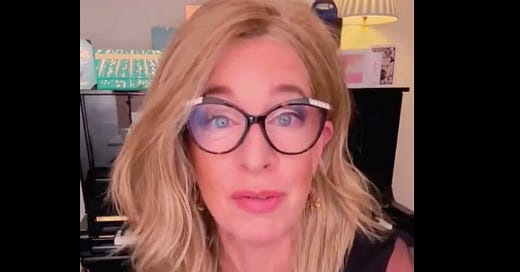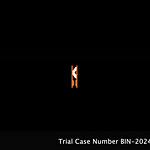In a recent public statement, Katie Hopkins, known for her provocative commentary, has taken aim at her former employers in the media, questioning their silence on an issue she deems critical: excess deaths. In this transcript, Hopkins doesn't shy away from confronting mainstream media outlets like The Sun, Mail Online, Fox News, BBC, and LBC, by name, over what she perceives as a glaring omission in their reporting.
“Where are you?”
Hopkins begins by directly addressing these media giants, asking pointedly, "Where are you? And who is paying for your silence?" She refers to data purportedly published in the Lancet, emphasizing that the information is available and should be readily covered by journalists. According to Hopkins, the data shows alarming figures regarding excess deaths in England, surpassing any similar period in recent history, especially in the first six months of 2023 with 28,000 excess deaths.
She specifies that these deaths are particularly notable among young and middle-aged males, with a significant portion due to heart conditions. Hopkins highlights a stark statistic from the Lancet: 47% of these deaths are from unexplained heart conditions, with a 44% increase in heart disease in the 50 to 64 age group post-COVID.
A Call for Action
Hopkins doesn't just present the data; she uses it as a catalyst to question the motives behind the media's coverage—or lack thereof. She implies that these deaths, occurring in people's homes, might be linked to something "malevolent" in their system, a phrase that could be interpreted as suggestive of conspiracy or at least a significant oversight in public health reporting.
The Implications
This critique from Hopkins taps into broader public discourse around trust in media, the transparency of health statistics, and the potential long-term effects of the COVID-19 pandemic. Her mention of the Lancet suggests an appeal to scientific authority, although without direct citation, it's challenging to verify the exact source or context of these claims.
Her call to "just print the graph" underscores a demand for visual proof and direct communication of data to the public, bypassing what she sees as media gatekeeping or bias. This approach aligns with a growing sentiment among some segments of the public for raw, unfiltered information, particularly when it comes to health crises.
Media and Public Health
The issue Hopkins raises touches on a sensitive point in journalism and public health - the responsibility of media to report comprehensively on health statistics, especially when they could indicate broader societal issues or policy failures. However, the media's role also includes verifying and contextualizing information, which might explain hesitance or cautious reporting on such contentious topics.
Conclusion
Katie Hopkins' critique is a loud call to action, demanding that media outlets address what she sees as a significant public health anomaly. While her approach is direct and confrontational, it highlights an ongoing debate about the relationship between media, public health transparency, and the responsibility of journalists in a post-COVID world. Whether her claims will spur further investigation or discussion remains to be seen, but they certainly add to the conversation on how we understand and react to health data in the public domain.
Note: This post reflects on the claims made by Katie Hopkins but does not independently verify the data or statistics mentioned. Readers are encouraged to seek out and review primary sources for comprehensive understanding.












Share this post